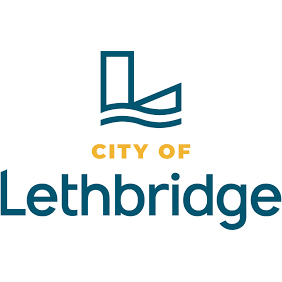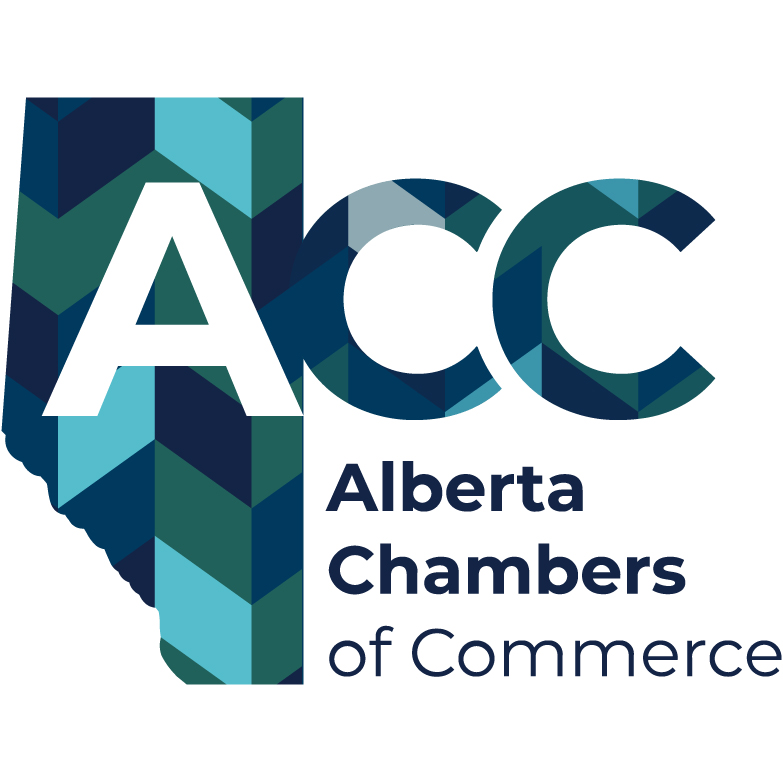-
-
Policies
The Lethbridge Chamber of Commerce is dedicated to making Lethbridge, Alberta, and Canada the best possible place to live, work, and do business. The high calibre of our policy efforts have a direct effect on the economic well-being of our city, region, province, and country. We work with our members to identify areas of challenge and opportunity so that we can make an impact through legislation.Tuesday, January 1, 2030Lethbridge Chamber of Commerce Core Organizational Policies
The Lethbridge Chamber of Commerce has six policies core to our organization which inform the advocacy that we perform, and the positions that we take.
Kevin Farrell
Saturday, May 31, 2025The Importance of "Building Local" to Keep the Economic Footprint of Post-Secondary Education Strong
The economic footprint of post-secondary education has taken a dramatic hit through frozen government funding. Access to education is essential in the economic prosperity of Alberta and its future access to human capital and intellectual development. Postsecondary education serves as a catalyst for innovation, entrepreneurship, and strategic organization for both the management and advancement of social and economic progress.
Kevin Farrell
Saturday, May 31, 2025The Economics of Addiction: Alberta’s Crisis and Path Forward
Alberta is facing a significant public health and economic crisis driven by substance addiction, costing the province over $6.7 billion annually. The opioid crisis, particularly involving synthetic opioids such as fentanyl, has led to devastating loss of life and increased social disorder. The COVID-19 pandemic exacerbated the situation by disrupting drug supply chains and limiting access to critical harm reduction services. Additionally, external pressures like potential U.S. tariff increases threaten to
Kevin Farrell
Saturday, May 31, 2025Strengthening Alberta's Global Trade and Investment Presence
Alberta’s economy is heavily reliant on international trade, yet global economic shifts, emerging markets, and increasing competition have underscored the need to strengthen the province’s trade presence and investment attraction strategies. Without enhanced support for exporters and targeted international missions, Alberta risks losing its competitive edge in global markets, leading to missed opportunities for economic growth, diversification, and job creation.
Kevin Farrell
Saturday, May 31, 2025Ensuring the Future of Canadian Energy
Canada has an abundance of natural resources that generate direct wealth for Canadians through production and export. Increasingly, these commodities represent a large contribution to Canada’s economic growth; however, Canada still spends billions energy imports annually. Access to markets for commodities, specifically electricity, oil and gas, represents a significant obstacle in Canada’s ability to secure a competitive position in the global economy. Further, failure to develop these projects leads to
Kevin Farrell
Saturday, May 31, 2025Creating a New Pharmaceutical Industry in Canada
Growing poppies for medicinal use constitutes a thriving industry in the United Kingdom, Europe, and Australia, but not in Canada. This not only presents an economic diversification opportunity for Southern Alberta’s agricultural sector, offering long term employment and growth opportunities for this and numerous other industries, but would provide Canada with a homegrown source of vital medications.
Kevin Farrell
Saturday, May 31, 2025Alberta’s Role in Enhancing Interprovincial Collaboration
Alberta’s economic growth and competitiveness are hindered by interprovincial trade barriers and inconsistencies in labour mobility agreements. These barriers create inefficiencies in supply chains, increase costs for businesses, and limit opportunities for workers to move freely across provinces. By promoting stronger interprovincial partnerships, Alberta can foster a more seamless and competitive economy, ensuring businesses and workers benefit from a unified national market.
Kevin Farrell
Saturday, October 19, 2024Protecting the Temporary Foreign Worker Program to Ensure the Viability of Domestic Agri-Food Industry
The agri-food industry is an economic driver for Canada, contributing to the national GDP as well as ensuring that the supply chain is maintained, and our people are fed. However, labour shortages have plagued the industry. These shortages could be partially solved using the existing Temporary Foreign Workers program, however the TFW program has come under attack in recent years, leading to unease on the part of industry.
Kevin Farrell
Saturday, October 19, 2024A Pathway to Fixing the Affordable Housing Crisis in Canada
Housing is an integral part of economic growth. The connections between affordable housing investment and economic growth have been well recognized in literature. And yet investment in affordable housing has been insufficient to meet demands. To ensure long-term community sustainability, local and regional economic development and growth plans must consider the role of affordable housing in the growing economy.
Kevin Farrell
Saturday, May 25, 2024Water for Sustainability
Canada has been facing significant pressure on its water resources, both surface and ground water. There are ever-increasing demands for the water resource. The limits of available water have been reached in the southern portion of the province, and concerns are rising about the adequacy of water resources to support continued economic development in the central and northern parts of the province.
Kevin Farrell











